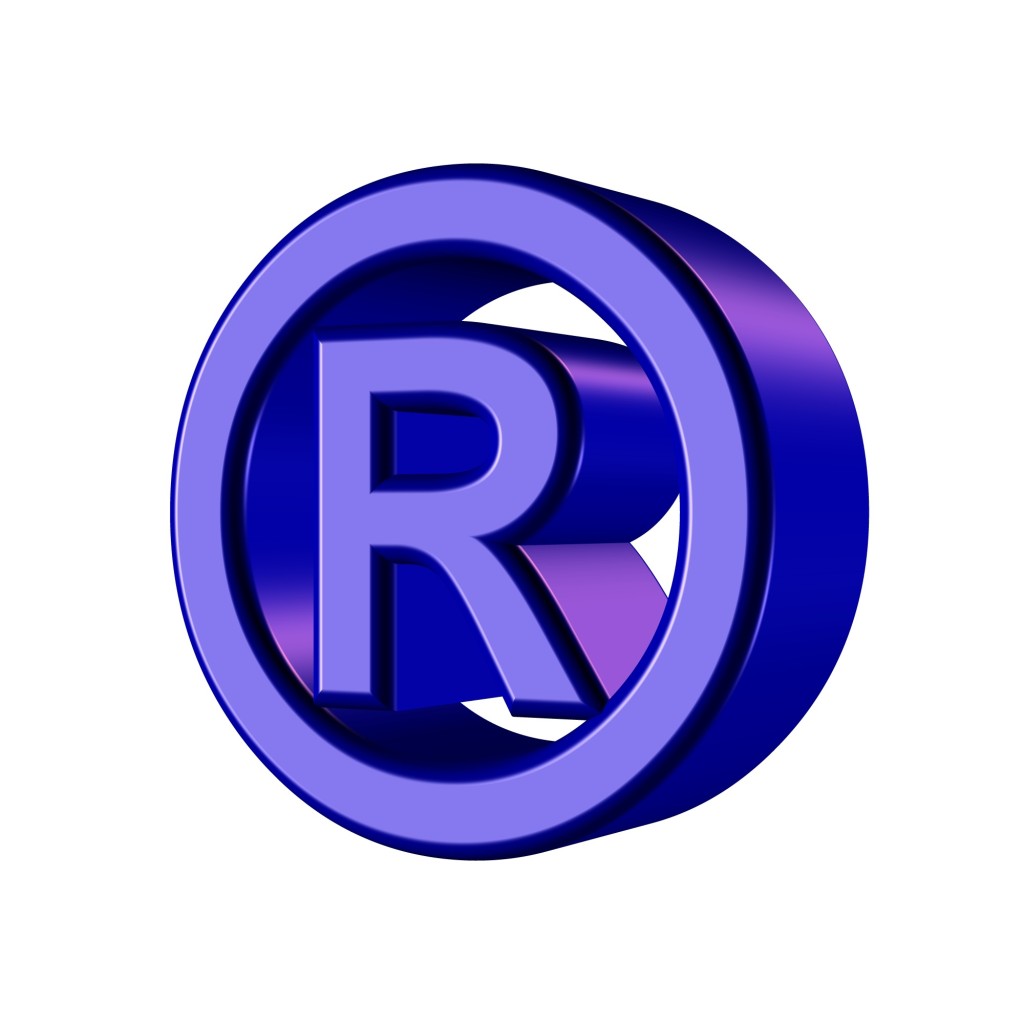Can I Patent My Invention?
As a patent attorney exclusively practicing intellectual property law, one of the questions I am often asked at work and at cocktail parties alike is “can I patent my invention?” That question makes me smile every time. I love helping people develop and protect their inventions and creations. So, when I get asked, “can I patent my invention” or “is my invention patentable,” I know that the answer is “maybe.” That is because there are several types of patents and the answer depends on what the invention is and the inventive aspects of the idea or concept. For this article, I will focus on utility patent protection, which protects the functional features of an invention.
Whether you can patent an invention is different for each invention; however, the analysis used to determine whether an inventor can obtain a patent on an invention is fairly similar for every invention. Under United States Patent Law, for an invention to be patentable it must be new, useful, patentable subject matter and non-obvious. These four requirements are what Examining Patent Attorneys at the United States Patent and Trademark Office (“USPTO”) use to determine if an invention is patentable.
New
For an invention to be new it must not be known or used by others before the inventor claims to have invented it. When a USPTO Examining Patent Attorney is analyzing a patent’s claims to determine if an invention is patentable, the Examiner searches various databases to find publications, patent applications, patent registrations and patent publications that disclose elements of the invention seeking to be patented. If the USPTO Examiner is able to find a single disclosure that discloses all elements of the invention as claimed in the patent application, then the USPTO Examiner will issue a rejection, known as an Office Action, claiming the invention is not new or novel. It is a patent attorney’s job to dispute the Examiner’s rejection and point out the differences between the invention and the disclosures cited by the Examiner.
Useful
For an invention to be useful it must be usable and provide some sort of benefit. This is an extremely low hurdle. In fact, the shelves of the patent office are filled with strange and bizarre patents such as a Kissing Shield, a Banana Protection Device and the Comb Over Patent a.k.a. Method For Concealing Partial Baldness. A patent application will very rarely get rejected because it is not useful.
Patentable Subject Matter
Patentable subject matter is defined as any machine, manufacture, process, composition of matter or any useful combination thereof. It may be easier to define patentable subject matter by what is not patentable subject matter. Laws of nature, physical phenomena, abstract ideas, and logic are not patentable subject matter. For instance, gravity and the first law of thermodynamics, which are laws of nature, cannot be patented. One of the types of inventions that USPTO Examiners typically reject for not being patentable subject matter is software related inventions. That is not to say that software is never patentable. In fact, the team at The Plus IP Firm prepares, files and obtains patents for software inventions on a frequent basis. However, a software patent application must be crafted in such a way that it consists of patentable subject matter under the law. The law regarding patentable subject matter for software related inventions is constantly changing and as such, you should seek the help of a registered patent attorney to assist in drafting an application to ensure that you have the greatest probability of overcoming any such rejection.
Non-obvious
The most common obstacle to the patentability of an invention is the non-obvious requirement. The non-obvious requirement is that the invention cannot be obvious to a person with average skill in the knowledge area of the invention. USPTO Examining Patent Attorneys can combine multiple disclosures or references to argue that an invention should not be patented. For example, let us say you were trying to patent a black toy car. Let us also say that the USPTO Examiner did a prior art search and found a disclosure revealing a blue toy car, along with another disclosure revealing a black truck. The Examiner could combine the blue toy car disclosure with the black truck disclosure and argue that it would have been obvious to invent a black toy car, and therefore, the black toy car would not be patentable. As mentioned above, it is the job of the patent attorney to dispute the Examiner’s rejection and point out the differences between the invention and the disclosures cited by the Examiner.
Many times, I recommend to my clients that a patent search, also known as a prior art search, be conducted before filing a patent application. While not legally necessary, the purpose of a prior art search is to find existing patents, patent applications and other documents that could affect the patentability of an invention. The results from a patent search can be used by a registered patent attorney to determine the probability that an invention will be granted a patent. The results of the patent search are also helpful in creating a strategy for protecting ideas and inventions. Speaking with an experienced patent or intellectual property attorney will be helpful to understand how best to protect an idea, concept or innovation given the goals and budget of a business or inventor.
Having the right patent attorneys on your side to guide you through the application and registration process can make all the difference. You can learn more about Derek Fahey Esq., one of the patent attorneys at The Plus IP Firm by clicking HERE.












